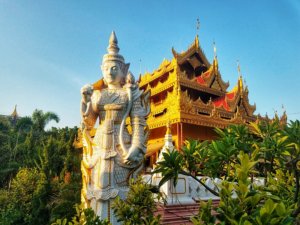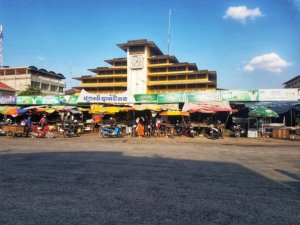Naypyidaw is one of the strangest cities in the world. The new capital of Myanmar, Naypyidaw is not the scene travelers anticipate finding in most national capitals.

The peculiar nature of this city has drawn attention in recent years, as travelers are curious to witness an enormous, modern ghost town for themselves. But is Naypyidaw really worth a visit? [Read more…] about Naypyidaw, Ghost Town of Myanmar

































You must be logged in to post a comment.